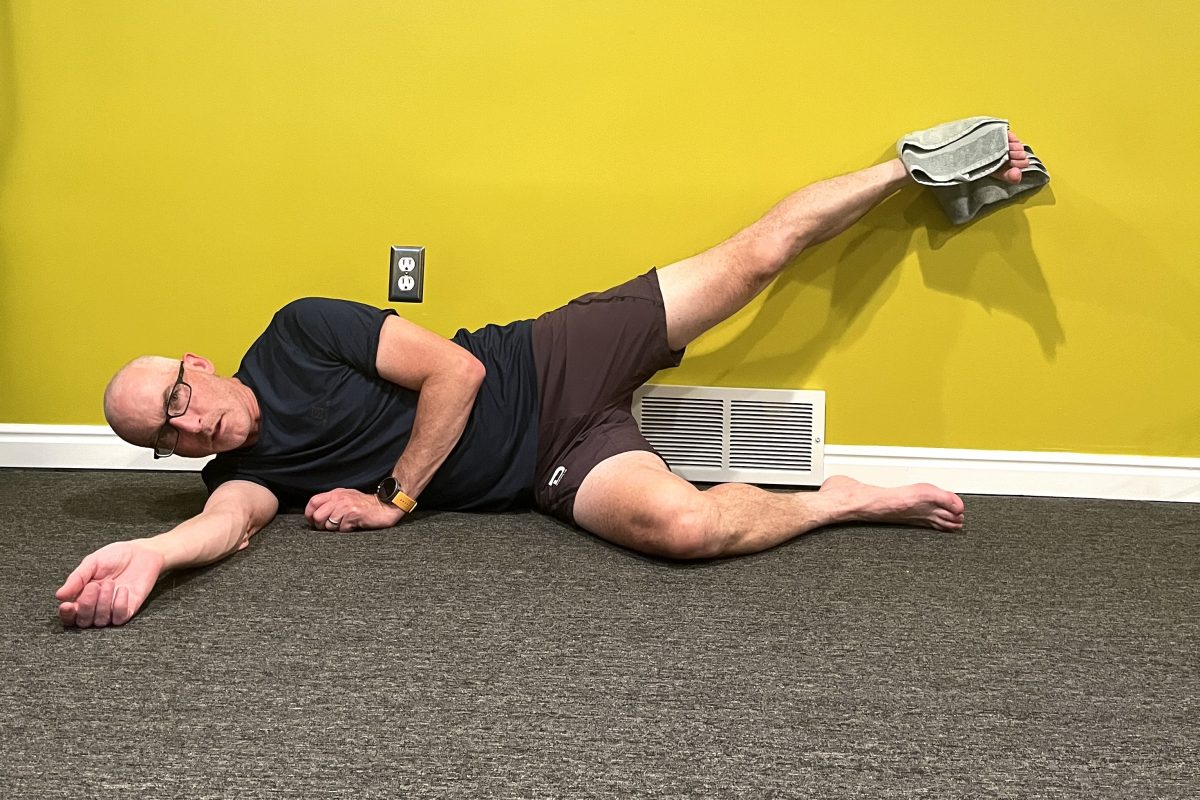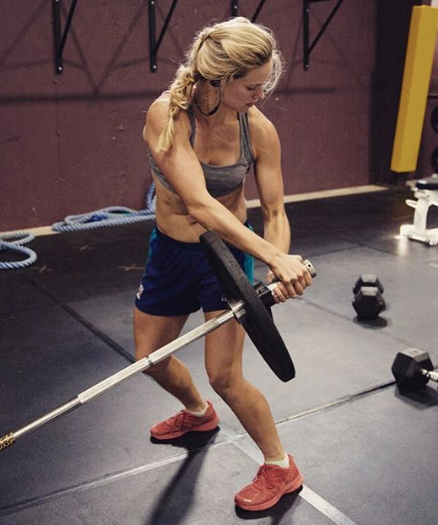Adam St.Pierre, M.S. is the head coach of the Boulder Nordic Junior Racing Team and an exercise physiologist with the Boulder Center for Sports Medicine.
As we approach the heart of the XC ski racing season, it is important that athletes adjust their training to get into peak form for the year’s big races, whether they be World Championships, SuperTours, or local events. Peaking is what endurance athletes try to do just before their most important race or series of races. To achieve a peak an athlete must have performed an adequate amount of Base training (easy aerobic activity like running, biking, skiing, rollerskiing, hiking, rowing, etc.) The amount of Base training necessary depends on your goals. How long are your target races? How competitive are you? How competitive do you want to be? The more base training you undertake, the better you’ll perform (in general). This has been proven time and time again (see below for references). However, to truly maximize performance it is necessary to include some higher intensity exercise in your training plan, even for marathons and loppetts.
Let’s imagine for instance that you are targeting the American Birkiebeiner on February 26, 2011 as your primary race. 4-6 weeks before the race you should start adding in 1 very high intensity interval workout (30 second to 3 minute intervals at nearly all out effort). Do enough intervals to accumulate 6-12 minutes of hard work with plenty of recovery between intervals, as much as a 4 to 1 rest to interval ratio. Do your hardest workout when you are fresh, perhaps after an off day, so you can push the intensity high. Hopefully you’ve been dutifully doing some longer sustained intervals and long base endurance building skis for a few weeks now. If you haven’t been doing intervals already, these high intensity intervals are not ideal for you.
2 weeks before the race you should cut back on the amount you are training. Keep your high intensity interval sessions but skip or shorten your easy workouts (instead of skiing for 90 minutes, ski for 45 minutes). This will keep you from getting stale, but also allow your body to recover and get stronger, leaving you fit and fresh on race day. A reduction in total training volume of 41-60% (so instead of training 10 hours per week, train 4-6) with a slight increase in the intensity of your intervals is the ideal recipe for a successful peak.
A proper peak can improve performance by as much as 1-8%. This is enough to significantly improve performance for all athletes, especially competitive athletes. 1-2% is often the difference between a gold medal and a 4th place at a championship event. As you approach your season’s most important races or events, incorporate a proper peaking program to ensure you are at your best on race day.
References:
Esteve-Lanao et. Al. “How do endurance runners actually train? Relationship with competition performance” Medicine and Science in Sports and Exercise, 2005
Esteve-Lanao with a different group, “Impact of training intensity distribution on performance in endurance athletes” Journal of Strength and Conditioning Research, 2007
Seiler and Kjerland, “Quantifying training intensity distribution in elite endurance athletes: is there evidence for an optimal distribution?” Scandinavian Journal of Medicine and Science in Sports, 2004
Bosquet et. al., “Effects of Tapering on Performance: A Meta-Analysis” Medicine and Science in Sports and Exercise, 2007




One comment
sailguy
January 25, 2011 at 11:58 am
Nice article Adam, short and clear.
Any thoughts on how to vary the taper for a multirace event, like say four races in eight days totalling 110km? Some of the us old folks may not be elite, but reducing the ‘percent behind’ at World Masters seems like a good goal for the season.